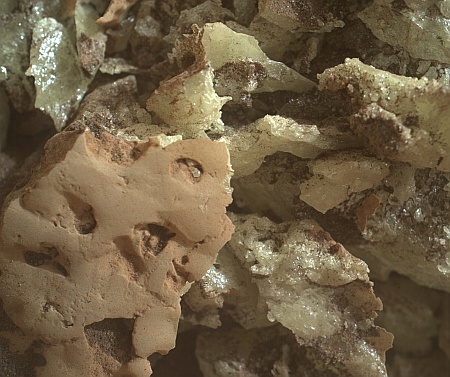Ed Stone, who ran the Voyager missions for a half century, passes away at 88
Ed Stone, who was the project scientist for both Voyager missions to the outer solar system and beyond for a half century, passed away at 88 on June 9, 2024.
From 1972 until his retirement in 2022, Stone served as the project scientist from NASA’s longest-running mission, Voyager. The two Voyager probes took advantage of a celestial alignment that occurs just once every 176 years to visit Jupiter, Saturn, Uranus, and Neptune. During their journeys, the spacecraft revealed the first active volcanoes beyond Earth on Jupiter’s moon Io, and an atmosphere rich with organic molecules on Saturn’s moon Titan. Voyager 2 remains the only spacecraft to fly by Uranus and Neptune, revealing Uranus’ unusual tipped magnetic poles, and the icy geysers erupting from Neptune’s moon Triton.
Stone was also head of JPL from 1991 to 2001, during the time it built and flew the Mars Pathfinder mission, which sent the first rover to Red Planet. That mission revitalized the entire American Mars exploration program for the next three decades.
Stone was one of the giants of American space exploration during its formative years. He leaves behind a legacy that will be difficult to match, highlighted most of all by both Voyager spacecraft, which outlived him.
Ed Stone, who was the project scientist for both Voyager missions to the outer solar system and beyond for a half century, passed away at 88 on June 9, 2024.
From 1972 until his retirement in 2022, Stone served as the project scientist from NASA’s longest-running mission, Voyager. The two Voyager probes took advantage of a celestial alignment that occurs just once every 176 years to visit Jupiter, Saturn, Uranus, and Neptune. During their journeys, the spacecraft revealed the first active volcanoes beyond Earth on Jupiter’s moon Io, and an atmosphere rich with organic molecules on Saturn’s moon Titan. Voyager 2 remains the only spacecraft to fly by Uranus and Neptune, revealing Uranus’ unusual tipped magnetic poles, and the icy geysers erupting from Neptune’s moon Triton.
Stone was also head of JPL from 1991 to 2001, during the time it built and flew the Mars Pathfinder mission, which sent the first rover to Red Planet. That mission revitalized the entire American Mars exploration program for the next three decades.
Stone was one of the giants of American space exploration during its formative years. He leaves behind a legacy that will be difficult to match, highlighted most of all by both Voyager spacecraft, which outlived him.










